An in situ detection by China's Chang'e-5 lunar probe and the subsequent analysis of its returned samples revealed at least two sources of water on the Moon, one brought by solar wind and the other from indigenous sources.
Chang'e-5, comprising an orbiter, a lander, an ascender and a returner, was launched in November 2020 and returned to Earth in December. It retrieved a total of 1,731 grams of lunar samples, mainly rocks and soil from the Moon's surface.
WATER DETECTION
One of the probe's scientific objectives is to investigate the lunar water, which is a key to the formation and evolution of the Moon. It also provides significant information about the evolution of the solar system. The water presence is expected to provide support for future human lunar in situ resources.
However, the sources of lunar water are still controversial. It's traditionally proposed that the lunar water was implanted by solar wind or the result of a meteorite or comet. Also, minerals like apatite containing indigenous water are believed to be present in small quantities and unevenly distributed on the lunar surface.
A group of scientists with Chinese Academy of Sciences found new evidence of water on the lunar surface based on Chang'e-5 in situ spectra and lab results of returned samples.
Their findings revealed that the apatite found at the young mare region where the Chang'e-5 landed contained indigenous water in the form of hydroxyl.
The Chang'e-5 landing site is located at one of the youngest extrusive lava flow units on the Moon, making the apatite, the very final state in the formation of those basalts, an ideal target to look for evidence of indigenous water, according to the study published this week in the journal Nature Communications.
EXCESS HYDROXYL
Equipped with the lunar mineralogical spectrometer (LMS), the Chang'e-5 lander acquired spectral data of a rock and different lunar soil targets, finding that the hydroxyl contents of the rock are much higher than those of lunar soil.
The researchers said there should be little or no extraneous hydroxyl associated with impact crater or ejecta since Chang'e-5 saw at its landing site mainly local mare material.
A subsequent lab analysis back on Earth has shown that the returned rock fragments, with a considerable quantity of apatite grains, have a higher proportion of mineral contents with much less glass contents compared with Apollo samples. Then, they confirmed the presence of hydroxyl in the apatite grains.
The content of glass was regarded as a measure of the solar wind contribution to lunar water, and it's quite low in Chang'e-5 sample, only about one-third of that in Apollo 11 sample, according to the study.
Also, the overall hydroxyl contents of lunar soil samples detected in-situ are relatively low, except that one of them labeled 0012 stands out.
Excluding the indigenous water in the mineral, the water contents in Chang'e-5 soil samples should also be about one-third of that in Apollo 11 sample, according to the study. But the sample 0012 shows higher hydroxyl content than it should be.
It turns out that the researchers detected the hydroxyapatite in the soil sample, strongly suggesting that the hydroxyl-containing apatite is likely to be an important source for the excess hydroxyl observed.
DRIER SOIL
Despite the 0012 exception, the overall hydroxyl contents of lunar soils sampled in Chang'e-5 landing site are with a mean value of 28.5 ppm, which is on the weak end of lunar hydration features.
The researchers proposed three causes of the drier soil samples. Firstly, the probe obtained data when the lunar surface temperatures are close to a maximum at the same latitude with most of the molecular water being evaporated.
Secondly, when the probe collected in situ spectra on lunar surface, the Moon is coincidentally lied within Earth's magnetosphere that shielded it from the solar wind, thus reducing the contribution of solar wind hydration.
Thirdly, its landing area is filled with lunar last-stage basalts, leading to the relatively low hydroxyl contents, according to the study.













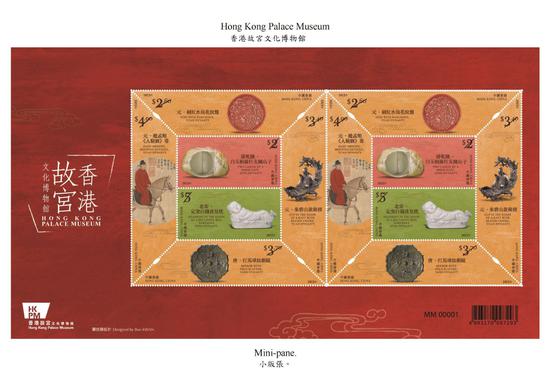


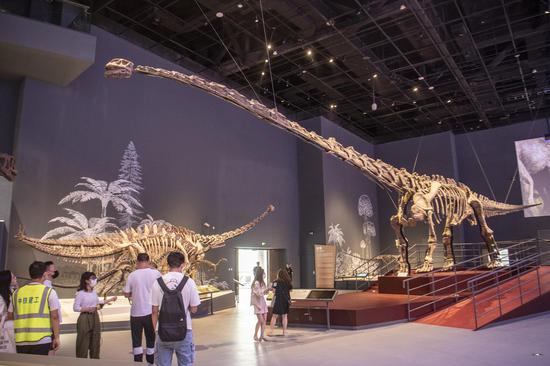


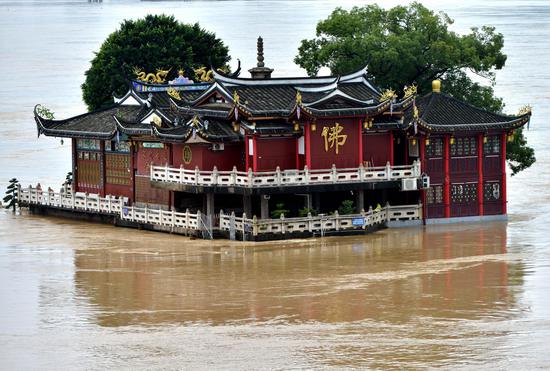





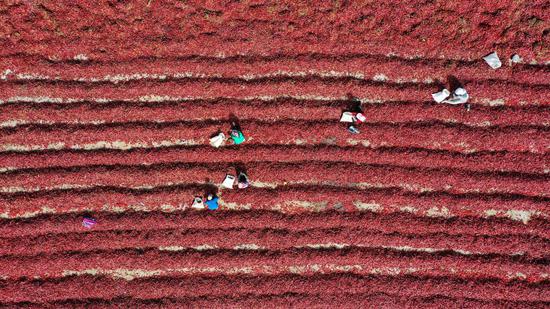

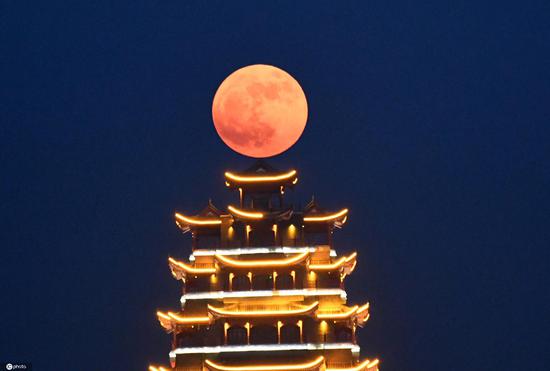


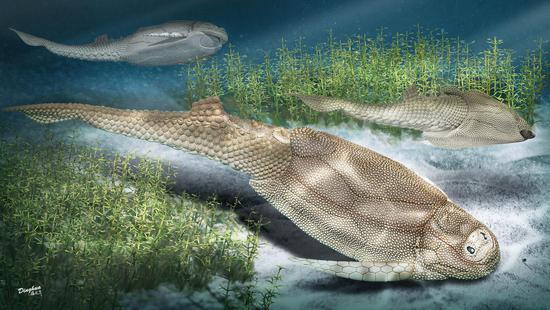
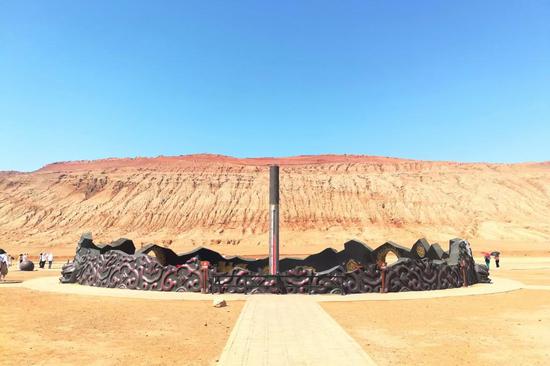
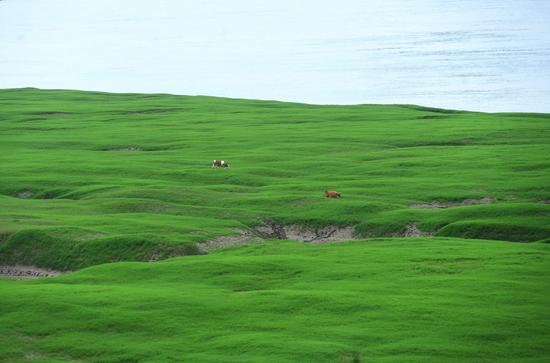



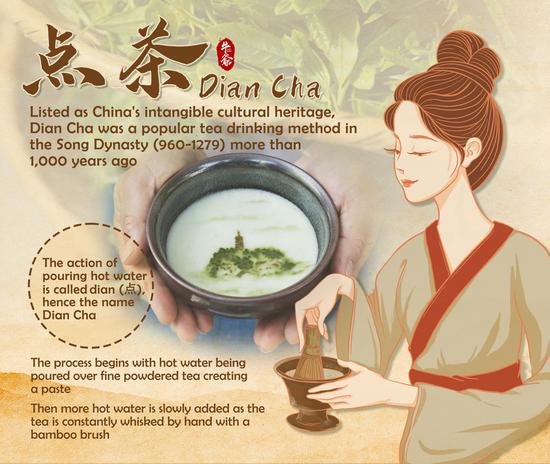
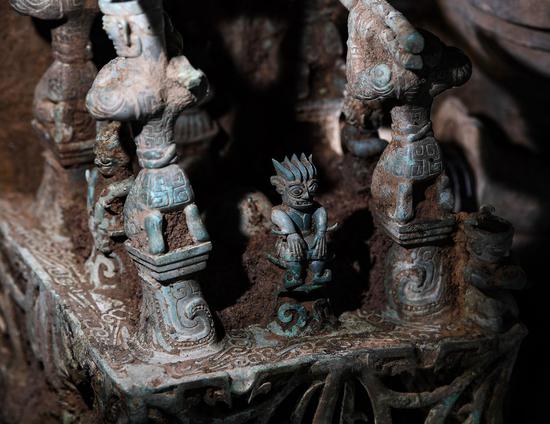




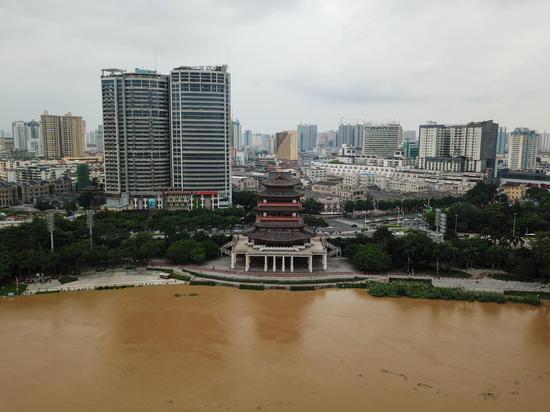



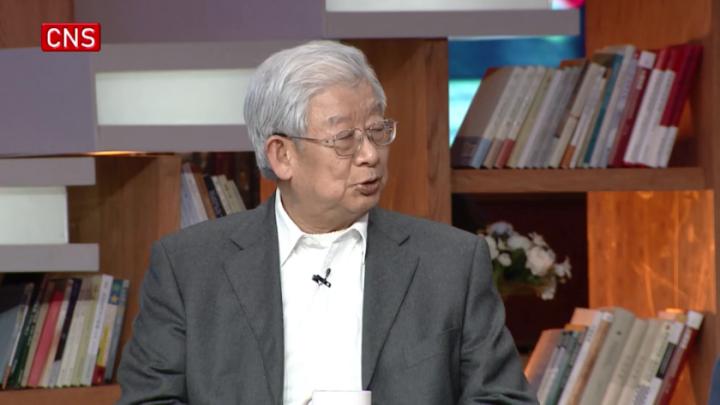



 京公网安备 11010202009201号
京公网安备 11010202009201号